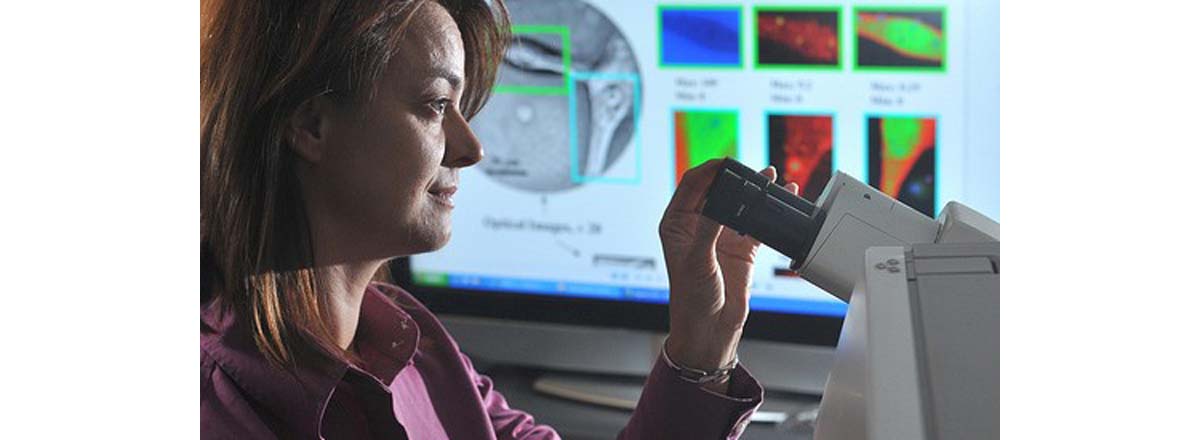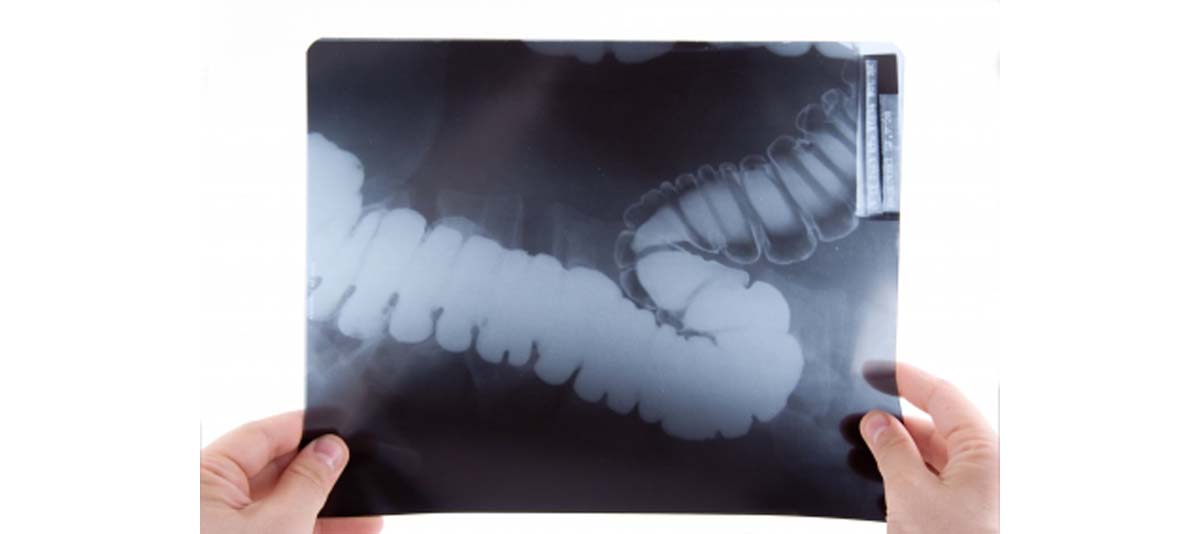Cancerous tumors occur when there is a relentless growth of a particular type of cell or organ in the body. That is what cancer is. Usually, a cell performs its function and then, when it is no longer needed and is old enough or becomes diseased or distressed in any way, it gives off signals on the outside of its membrane to signal to scavenger cells to come and recycle it.

Unfortunately for us, there is usually no accompanying illness to go with it. In the very early stages of cancer, there can be no fever or pain or any other symptoms. In addition to this, a cancerous growth can grow, undetected, for years with the affected person able to function completely normally, especially if it is growing into a body cavity.
It is for this reason that a major part of the cancer research effort is directed at early detection. There is a lot of work being carried out into the genetic abnormalities which a person could be born with and which could ultimately lead to cancer occurring. Some genes could be mutations of normal genes and lead to the production of abnormal proteins. Some genes could become mutated through environmental factors or through other influences. Whatever the reason, these problems can suddenly lead to problems with the way that the cells work. There is a lot of research to try and trace these abnormal genes. There is also a lot of work into environmental causes which could lead to different types of cancer, for example, lung cancer.
Simple Test
The holy grail of cancer research would be a simple test which was non-invasive, which means that it would not need a biopsy. It could be a simple blood test for example. But more than this, it would lead to the early detection of a cancerous tumor. Better to detect it in the earliest possible stages or, the best solution would be to be able to predict which individuals will go on to develop cancer. It should be able to help to predict which groups of people are more susceptible to develop the disease, and it should be cheap so that if necessary, hundreds of thousands of people can be tested.
Breakthrough Research
Recently, researchers at the Johns Hopkins Kimmel Cancer Center and the Howard Hughes Medical Institute have revealed a proof of principle study which opens the way to just such a test being developed.
In an initial experiment, they have performed whole genome tests on the plasma of ten patients with late-stage colorectal and breast cancer and compared it with the plasma from ten healthy people. Plasma is the fluid in which the blood cells float. It also carries an assortment of other cells and molecules. These can be scavenger cells, which look after the body by protecting it from invasion, or hormones traveling from one part of the body to the other.
New Approach To DNA Changes
This is a new approach to this problem for a number of reasons.
Instead of looking for any particular genetic abnormality which could be related to a specific protein, these scientists, Rebecca Leary and Victor Velculescu are looking at sequences of the whole genome.

In the past, much scientific work has been aimed at examining the specifics – and this approach has worked extremely well. Several conditions have been discovered which are caused by a single genetic mutation. Huntington’s Disease, Sickle Cell Anaemia and Cystic Fibrosis are good examples of this. For instance, when it became established that Huntington’s Disease was an inherited condition which was caused by a mutation of the protein Huntingtin, much of the research focused on finding the gene responsible.
Another difference in this new research is that it has examined the plasma. DNA is usually found safely tucked away in the nuclei of cells. To look at it, these cells must be disrupted and the DNA must be extracted, purified and sequenced.
And this approach has really paid off. Abnormal DNA fragments were found circulating within the plasma of the cancer patients and none in the normal patients.
It seems, according to Velculescu, that the presence of cancer causes ‘chromosomal rearrangements’ within the cell, expelling tiny fragments of abnormal genetic material into the plasma.
Many, Many Uses
Once it has been established that there are unusual fragments of DNA in the plasma, then the uses of this research can be expanded in several directions.
Therapeutic Uses
It can be used to test whether cancer therapy has been effective or not. Follow-up tests can be performed on a regular basis after therapy has been completed to ensure that any cancerous cells do not recur. Also, that there is no spread of the tumor to other organs as a secondary cancer.
In the same way, post-operative tests can be conducted to make sure that all cancerous tissue has been removed.
Diagnostic Uses
Perhaps the one aspect of this study which would send tingles up the spine is in its use as an early detection tool. This group is currently conducting research along the entire pathway of tumorigenisis to establish where these tests can be best used. They have to now demonstrate that their approach works in every different type of cancer and also that it can be translated into an early detection tool. They intend to do this by trying to reproduce their findings in a large scale clinical trial with hundreds of patients instead of the ten that they have currently explored.
If a test like this can be used to detect cancer before any physical symptoms are seen or before anything shows up on any scans, then it will save the lives of thousands of people every year.
- Rebecca J. Leary, Mark Sausen, Isaac Kinde, Nickolas Papadopoulos, John D. Carpten, David Craig, Joyce O’Shaughnessy, Kenneth W. Kinzler, Giovanni Parmigiani, Bert Vogelstein, Luis A. Diaz, Jr., and Victor E. Velculescu, Detection of Chromosomal Alterations in the Circulation of Cancer Patients with Whole-Genome Sequencing, Sci Transl Med 28 November 2012 4:162ra154.
- Photo courtesy of on Flickr:


Your thoughts on this